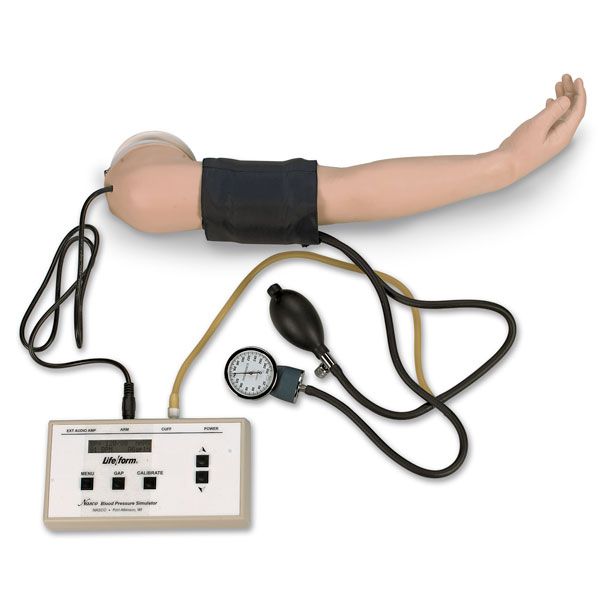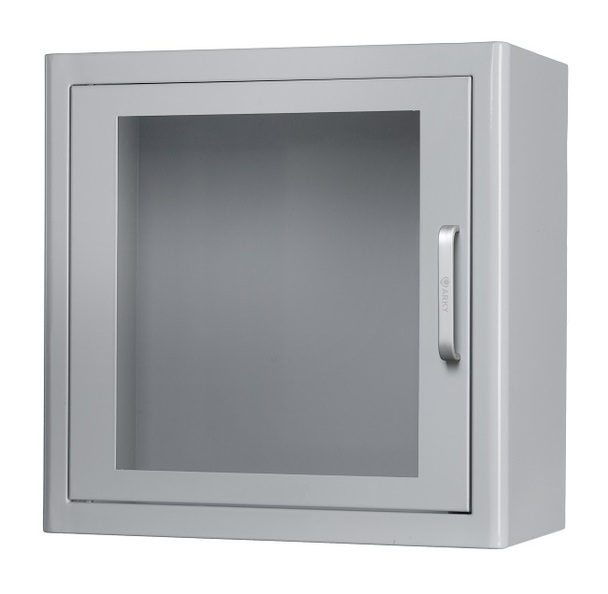This course is designed to behave as a bridge between the non-clinical and medical years of medical faculty, linking patient symptoms, exam findings, and administration plans to students' basic science knowledge of anatomy, pathophysiology, and pharmacology. By linking these diagnoses to a standard symptom—such as shortness of breath—students are in a position to evaluate and contrast their patient's story and physical exam findings to the sufferers they've seen in prior classes. This reinforces the important exam findings, how these are explained by the pathophysiology of their illness process, and differences in administration. Through this longitudinal expertise, learners begin to build 'sickness scripts', downside representations that assist clinicians manage their data of assorted illness processes into framework that enhances diagnostic reasoning.
Therefore the ACGME and review committee for Emergency Medicine (RC-EM) has accepted that rare procedures similar to pericardiocentesis or cricothyrotomy could also be performed, with proficiency attained via simulation. It has also been determined that a portion of more frequent however still less widespread procedures could additionally be achieved through simulation. Each resident attends necessary sessions held in the simulation and skills heart. These classes include procedure-based training of abilities which might be necessary in the emergency room. These hands on periods are mentored by experienced emergency room staff, assuring prime notch coaching in procedures similar to central venous line insertion, tracheal intubation, chest tube insertion and emergency cricothyroidotomy. In parallel with the advances in pc science, it's clear that a rapid growth of simulation training techniques is anticipated.
The rapid recognition and therapy of patients struggling ST-elevated myocardial infarction is extremely important for this time-critical situation. The use of pre-hospital EKGs and identification of STEMIs previous to arrival has labored to lower the door-to-balloon time . In distinction, patients arriving to the ED in non-public vehicles can have elevated D2B times. Efforts are being put forth to repeat and follow such eventualities to help decrease the D2B times. This activity coincided with the positioning visit from the Society for Chest Pain Centers which resulted in OHSU garnering accreditation as a Chest Pain Center.
Full Code challenges you to take on complex medical instances in a realistic 3D emergency room. Whether you are a medical student, resident, paramedic, nurse, PA or skilled doctor you will enjoy the problem of fixing Full Code cases. Our library contains over 150 situations with a mix of widespread occurrences, trauma cases, pediatric sufferers, life-threatening illnesses and obscure illnesses.
Fellows additionally participate in leading team coaching sessionswith surgeons, Ob/Gyn residents, nurses, and so forth. And they assist run large-scale catastrophe simulations in addition to in-situ simulations inside the emergency department. This course introduces second year medical college students to the thought of resuscitation, offering alternative to care for a important patient. Key learning objectives embrace the administration of postpartum hemorrhage, precipitous deliveries and breech presentations.
Residents find out about issues related to chilly climate publicity, high-altitude sicknesses, and other pathology. Our philosophy of simulation is that it's a crucial software to boost affected person care. As such, we utilize simulation to constructively educate, and create a protected space to achieve expertise in managing the critically unwell and difficult sufferers. What makes Full Code different from conventional medical simulation, or other virtual simulation solutions? With interactive circumstances that may be completed anywhere, anytime on any system, Full Code lets you practice more simulations more incessantly using the gadget you already own, without the time and hassle of scheduling in-person simulation trainings. AK designed and implemented the computer-based learning course beneath the steering of LA.
The case will contain managing pediatric standing epilepticus and together with escalating anti-epileptics, intubation, and handing over to pediatrics.

The Transition-to-Residency program is a competency-based “capstone” course for graduating https://cpr-depot.com/product-category/skills-training/iv-injection-trainers/ medical students at Weill Cornell. Its aim is to assist graduating students seamlessly transition from medical school to internship. TTR options student-centered experiential learning activities integrated longitudinally around interprofessional teamwork, communication, patient care, resuscitation, cognitive, and procedural abilities to empower college students as lively agents in their very own studying.
CPR Depot

340 Croft Dr, Tecumseh, ON N8N 2L9, Canada
+15199462222